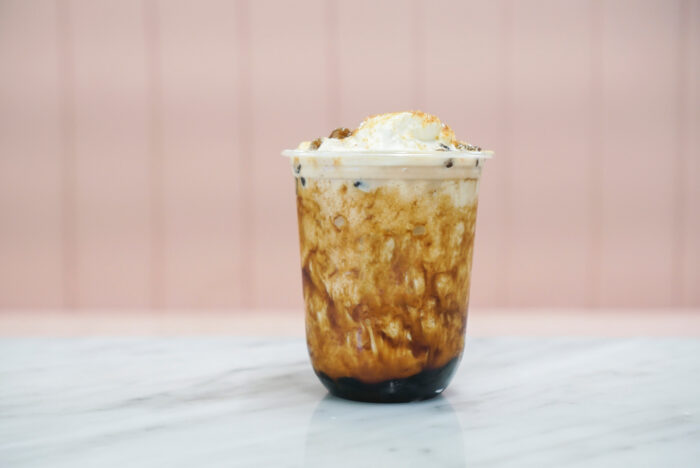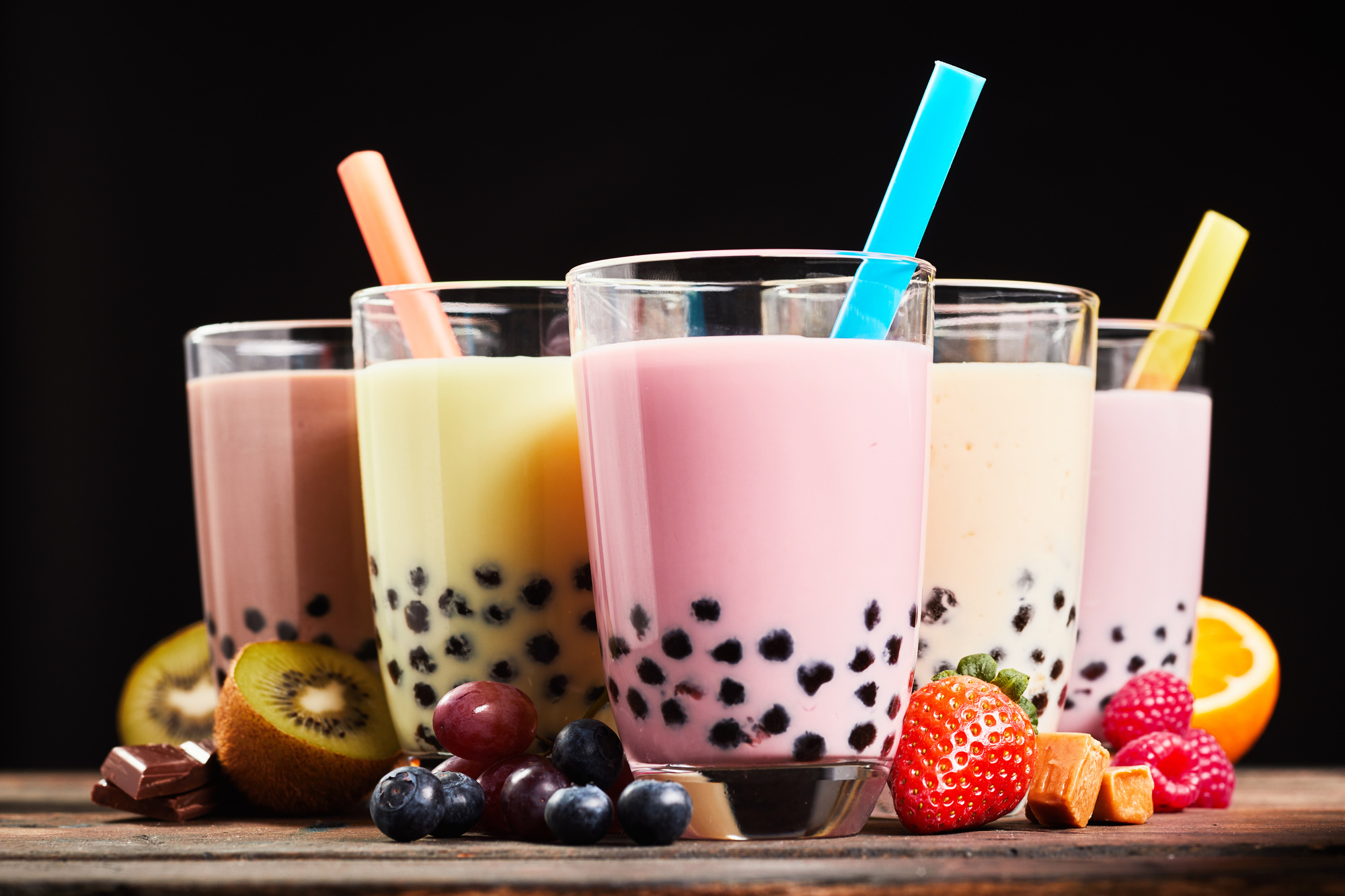Today’s market thrives on variety, and with consumers always seeking the next big flavor, the evolution of bubble tea has become a testament to how culinary creativity can drive a beverage’s sustained relevance and demand.
The demand for boba tea drinks in Arlington and many other areas is notably on the rise. As a reflection of global and local culinary trends, bubble tea creators constantly experiment, introduce new twists, and redefine what this drink can be.
By understanding these innovations and flavor fusions, enthusiasts and entrepreneurs can stay ahead of the curve, ensuring their palates or businesses remain fresh and in tune with the times.
1. Cheese Foam Toppings
Cheese foam toppings have become a delightful revelation in the bubble tea industry. This creamy, slightly salty froth made from cream cheese, milk, and whipping cream sits atop the drink, offering a contrasting flavor profile.
Combining sweet tea and savory foam creates a harmonious and compelling taste when sipped. With its unique texture and flavor, cheese foam adds depth and introduces an unexpected gourmet touch to traditional bubble tea.
Many purveyors now offer various twists on this trend, experimenting with different types of cheeses or incorporating flavor infusions like matcha or chocolate into the foam. As a result, this innovation continues to appeal to both new and seasoned bubble tea drinkers alike.
2. Fruit Infusions
Fruit infusions bring a splash of nature into the bubble tea experience. Fresh fruits like strawberries, mangoes, kiwis, and more are blended or juiced, then combined with tea or milk bases. These infusions are refreshing and provide an authentic burst of flavor that’s unlike any artificial syrup or flavoring.
Taking this a step further, some establishments have begun experimenting with unique fruit combinations, such as blueberry-lavender or peach-rosemary. These innovative pairings merge the world of culinary art with beverage creation, ensuring that bubble tea remains a refreshing journey of discovery.
3. Herbal And Floral Notes
There’s a rise in the inclusion of herbal and floral elements in bubble tea. Ingredients like rose, lavender, chrysanthemum, and chamomile have added flavor and aromatic qualities. This trend is inspired by traditional teas, where flowers and herbs were often combined to achieve specific health benefits or simply for their delightful taste.
Besides their flavorful charm, these ingredients often embody wellness. As consumers become more health-conscious, infusions that provide both taste and perceived health benefits make bubble tea a treat and a holistic experience.
4. Alternative Milks

With increasing consumers seeking dairy-free or vegan options, alternative milks have found their way into bubble tea recipes. Almond, soy, oat, and even coconut milk offer different textures and flavors that can modify the traditional profile of the beverage.
These alternatives do more than cater to dietary preferences; they introduce new flavor dimensions. For instance, coconut milk adds a tropical touch, while oat milk offers a creamy, nutty undertone. Introducing these milks expands the audience base and amplifies the industry’s variety and creativity.
5. Exotic Ingredients
The adventurous palates of today’s consumers have paved the way for exotic ingredients in bubble tea. Think of ingredients like durian, lychee, dragon fruit, or chili. These components add unexpected twists, making each sip a journey into unfamiliar territories.
This trend reflects a larger global movement of cross-cultural culinary exchange. The desire to experience diverse flavors intensifies as the world becomes more interconnected. As a global sensation, bubble tea naturally evolves to meet this demand by incorporating these exotic tastes.
6. Sustainable Packaging And Eco-Toppings
In response to growing environmental concerns, many bubble tea shops have introduced sustainable packaging, including reusable cups and straws.
But the innovation doesn’t stop at packaging. Eco-friendly toppings like agar-agar jellies and pectin-based pearls are making their way into drinks, providing an environmentally conscious yet equally delicious alternative to traditional offerings.
Beyond just a trend, this eco-friendly shift signifies the beverage industry’s commitment to a greener future. By choosing sustainability, bubble tea businesses appeal to eco-conscious consumers and play an integral role in reducing the environmental footprint of the beverage industry.
7. DIY Bubble Tea Kits
In an age where DIY culture is prevalent, bubble tea kits for home brewing have emerged. These kits have all the necessary ingredients, allowing enthusiasts to create personalized concoctions. Whether it’s adjusting the sugar level, experimenting with flavor combinations, or even the texture of the pearls, these kits offer a hands-on approach to enjoying the drink.
This DIY trend aligns with a broader shift towards personalized experiences in the culinary world. It empowers consumers, making them active participants in the creation process, and ensures they get the perfect drink tailored to their preferences every single time.
Conclusion
From cheese foam toppings to sustainable innovations, the bubble tea industry has proven its versatility and responsiveness to global trends and individual preferences. As it continues to evolve, this beloved beverage remains a symbol of how culinary creativity can keep a product consistently refreshing and relevant. Embracing these innovations ensures that the journey with bubble tea is ever evolving, filled with exciting new tastes and experiences awaiting every sip.




